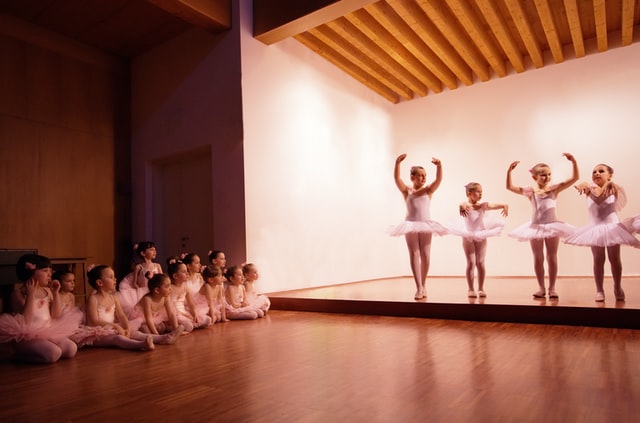Ballet training enriches your child’s life. It helps children mature physically, emotionally, socially, and cognitively while fostering a healthy lifestyle. Ballet instills positive qualities, ones that will serve your child well throughout their life and will enable them to enrich the lives of others.
BALLET BUILDS THE FOUNDATION
All dancers need ballet training since it is foundational for other forms of dance. It is essential that ballet training be included in your child’s development as a dancer and not be ignored if your child wants to explore other forms of dance later. Young dancers require the strength, flexibility and balance acquired with ballet training to dance safely and correctly. When a student studies ballet, it allows more progress and the ability to flourish in every other style of dance.
BALLET HELPS A CHILD TO MATURE
Ballet conditions a student’s body and mind better than any other form of dance. Many people do not know that ballet dancers become as physically fit as even professional athletes. Ballet dancers develop muscle and strength, flexibility, and mobility, enabling them to execute difficult movements with ease and grace. Ballet improves the body’s posture and balance, which contributes to a leaner, more elegant form. It also improves bone development.
BALLET INSTILLS POSITIVE QUALITIES
Confidence and self-esteem develop as ballet dancers learn and conquer new movements and become more confident in their ability to apply themselves, work hard, and master tasks. Students demonstrate dedication and commitment qualities as they progress from beginner to advanced. Students develop self-discipline and responsibility to learn and apply themselves to meet their obligations at the studio, school, and home.
BALLET BRINGS JOY
Ballet challenges and improves a child’s memory by forcing them to think ahead and remember repetitive motions and routines. Frequent repetition connects the mind and body, developing an almost intuitive response when it is time for the dancer to perform. As an added value, this activity stimulates the hippocampus, the part of your brain associated with memory, according to a study by Harvard Medical School. This improves mood and cognitive skills, such as visual recognition and decision-making. This also helps reduce stress, increasing levels of serotonin, the “feel-good” hormone and helps develop new neural connections, especially in regions involved in executive function, long-term memory, and spatial recognition, developing joy for a lifetime.

